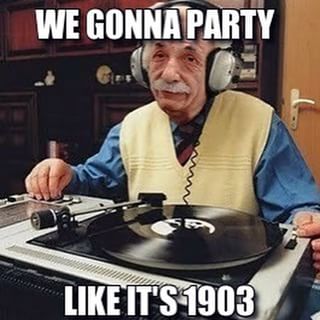
In the mid-1980s and into the early 1990s, discos popularity waned, but electronic production dominated new popular dance music styles, such as electro, Industrial, freestyle, house and techno. By the mid1990s, the presence of electronic dance music in contemporary culture was noted widely, and its role in society began to be explored in published historical, cultural and social science academic studies.
The term electronic dance music was used in America as early as 1985, but didn’t catch on as a genre name until the second half of the 1990s, when it was embraced by the American music industry and in academic writing. The term’s use surged in the US in the late 2000s with the mainstream appeal of hybrid styles hich were increasingly disconnected from EDMs relatively underground roots, but remains largely unknown in the UK, where genres of electronic music for dancing are collectively referred to as dance music.